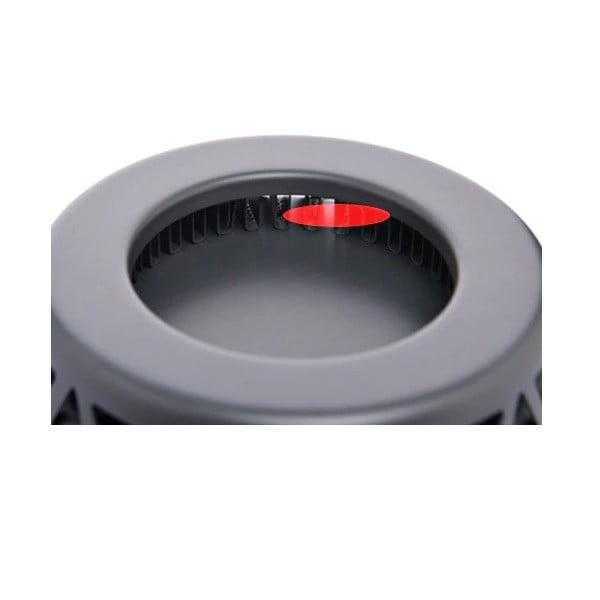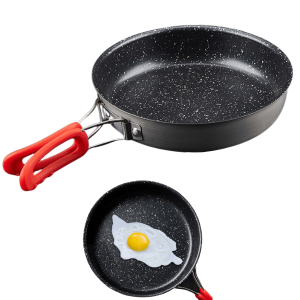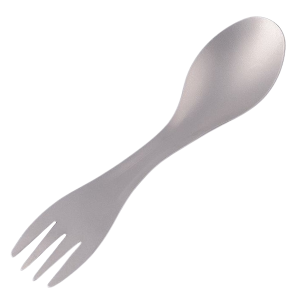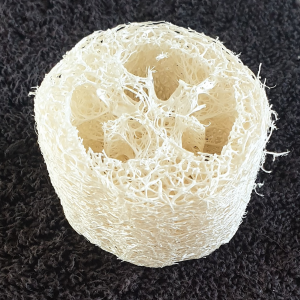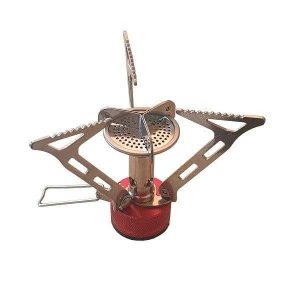Heat Exchanger Pot & Pan Set for Hiking Lightweight Just 290 grams
Optimise your outdoor and hut cooking with our lightweight cookware set with heat exchanger pot. It is great for hikers in New Zealand boiling water rapidly, saving both gas and time.
Product Specifications
- Large pot capacity: 800 ml
- Pot size: Approximately 11.5 x 12 cm
- Lid/pan capacity: 500 ml (doubles as a small pot or pan)
- Pan size: Approximately 11.5 x 6.5 cm
- Materials: Food-grade aluminium alloy
- Total weight: 290 grams, including bag
- Packed size: 17 x 13.5 cm
- Model number: WSHEC
Key Benefits of Using a Heat Exchanger Pot
- Quick boiling: The heat exchanger system traps heat therefore boils water faster.
- Gas saving: Efficient heat transfer reduces gas usage. Ideal for long hikes or lighter backpacks carrying smaller cylinders.
- Wind resistance: The built-in wind shield in the 800 ml pot enhances heating efficiency.
- Portability: Foldable design allows for easy storage in your backpack.
- Versatility: The lid of the heat exchange pot doubles as a pan, adding flexibility to your cookware.
- Easy to clean: Smooth surface ensures hassle-free cleaning after use.
Summary
Our Heat Exchanger Cookware Set is perfect for backpacking and hiking enthusiasts in New Zealand. While lightweight pots may cook slower, the heat exchanger system compensates by boiling water quicker. This set is a must-have for efficient and enjoyable outdoor cooking experiences.
Tips for Using Gas Cookers on Multi-Day Hikes
- Trial Run: Test your gas cooker at home to gauge cooking times and gas consumption.
- Calculate Gas Needs: Estimate the amount of gas needed for your hike, adding a safety margin.
- Choose Efficient Cookware: Use lightweight, outdoor-specific cookware to reduce gas use.
- Prep Meals in Advance: Pre-cook meals to save time and gas on the trail.
- Shield from Wind: Cook in sheltered areas or use a windscreen to conserve gas.
- Simmer, Don’t Boil: Cook on a low flame to save gas.
- Group Cooking: Cook with others to reduce overall gas consumption.
- Monitor Gas Levels: Keep an eye on gas levels and adjust meal plans if needed.
- Carry a Backup: For longer hikes, bring a small backup gas canister and a flint rod in case ignitor fails or matches get wet.
- Leave No Trace: Pack out empty gas canisters and minimize environmental impact.
Share on facebook
Share on whatsapp
Share on linkedin
Share on twitter
Share on google
You may also like…
-
Cooking Accessories
EDC 6 in 1 Firestarter Compass Whistle Cord Bottle Opener Ruler
$29.99 Add to cart



